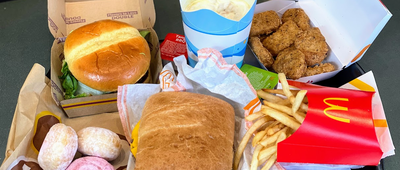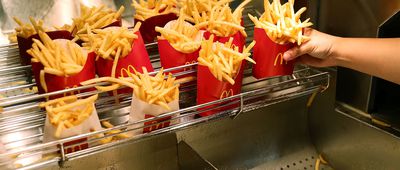Delicious Memories
Americans have been dining out for as long as there's been a United States, but it wasn't until after World War II that fast-food and sit-down restaurant chains became part of the national fabric. Over the decades, tastes have changed, and not all of our favorite restaurants have kept pace — though one Tudor-style steakhouse is coming out of retirement later this year, much to the delight of nostalgic fans. Most defunct chains are not so lucky, including many beloved restaurants that may be gone from our roadsides, shopping malls, but are definitely not forgotten.



























